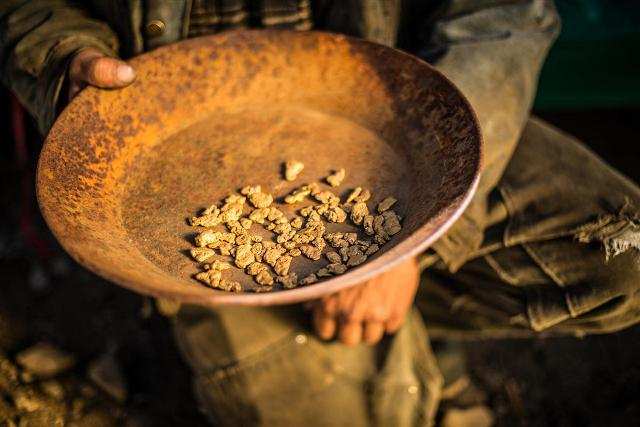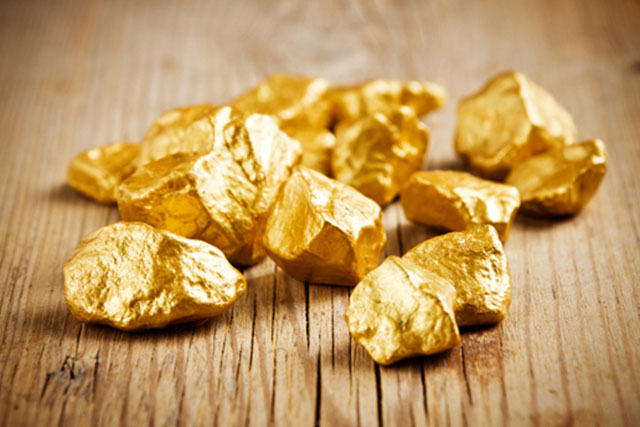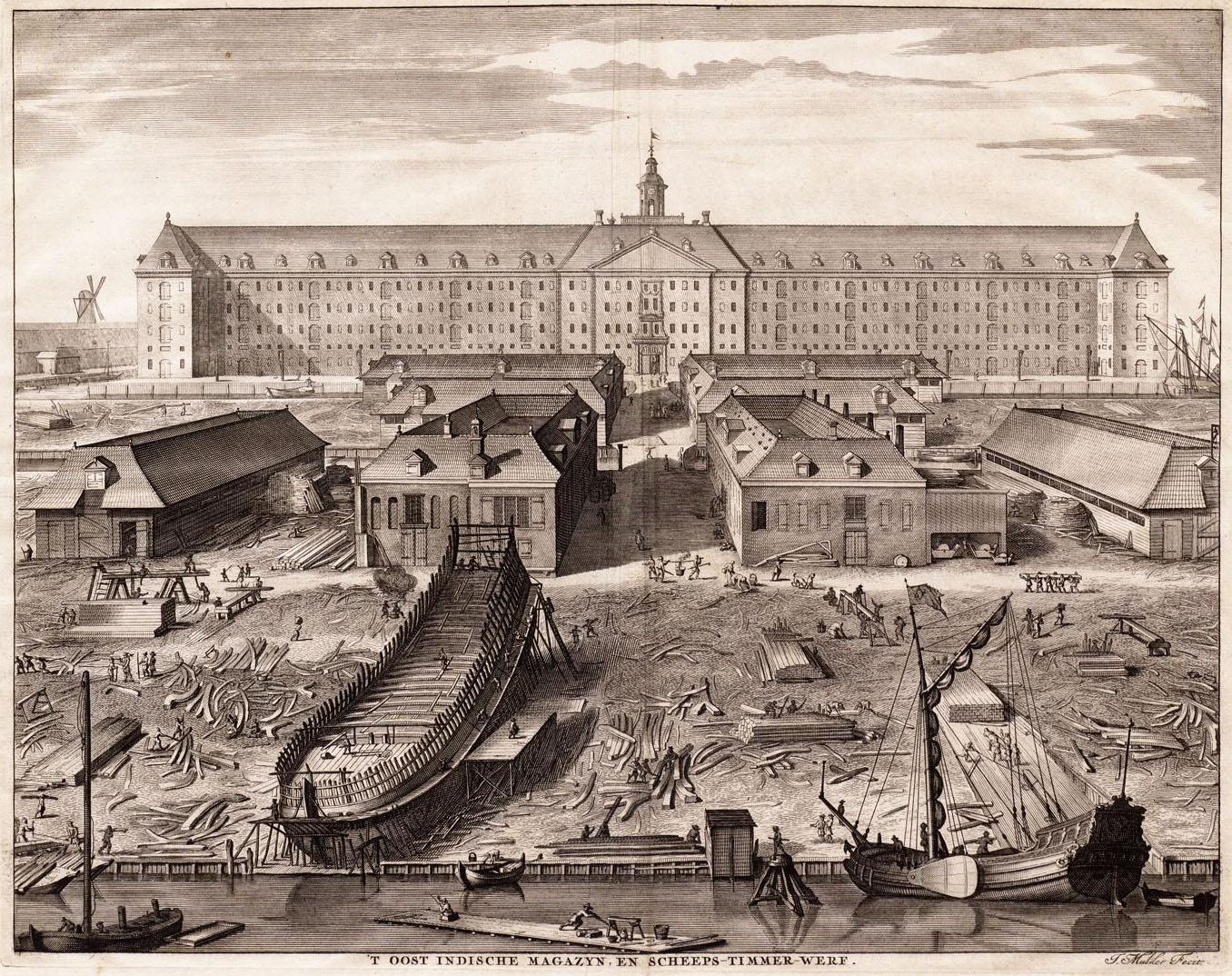

In Pursuit of Gold


Gold, the purest form of wealth, has always remained as the standard bearer for money throughout the history of mankind. Across civilisations, it has been viewed as a symbol of wealth, prosperity, and power.
The ancient Mesopotamians regarded gold as the flesh of the Sun God Ra while the Egyptians viewed it as the symbol of eternal life. Pharaohs had huge stores of gold. Kings and people who held temporal or spiritual powers were buried in caskets known as sarcophagus, which was made out of solid gold. Their bodies were covered with jewellery and sacred necklaces.
Gold was first discovered in placer deposits. Placer is an accumulation of valuable minerals formed by gravity separation during the breakdown of old rocks.
The British colonial loot from Canada, Australia, South Africa, and India gave the world numerous wars and conflicts.
What makes gold golden? The extremely dense character of gold makes it easier to carry and handle than any other metal or oil. Gold does not corrode and neither does it ever lose its value. In fact, gold can pass through generations while appreciating in value.
Further, the purity of gold can be tested anywhere at zero cost. Besides, gold always has one grade. In the case of diamond or oil, you have to deal with numerous grades and levels of quality. Above all, gold has universal appeal. It means it has great flexibility and is imbued with trust.


INDIA-THE TRUE GOLD TRADER


In 2011, India imported more gold than any other country — about 1,000 tonnes or a fifth of annual global supplies. That is the same amount that sits in the central bank vaults of Switzerland. Why do Indians love gold?
For much of the last 2000 years of recorded history, India has been the largest buyer of gold. Roman historian Pliny lamented some 1800 years ago, how India, then regarded as the sink of precious metals, was draining the precious metal out of Rome. India’s love affair with gold apparently has its roots in the global spice trade during the years of the Roman Empire. Kochi was a key port of call among frequented not only by Roman ships but also by Greeks, Jews, Arabs, and Chinese. The foreign merchants and their customers back home were so besotted with Indian pepper, cardamom, and cinnamon that they were quite happy to part with increasing amounts of gold in exchange for the prized Indian spices.
KERALA’S PASSION FOR JEWELLERY
Keralite’s obsession for gold jewellery is famous. From the birth of a child to a birthday to an engagement and to the biggest occasion of all, a wedding, the Malayali needs this glittering metal.
History says Roman and Arab traders first landed in the then port city of Muziris in Kodungallur at Thrissur when global trading of spices first began. Later, the port of Cochin became one of the key ports visited by foreign spice traders. Any Malayali who owned or possessed gold jewellery those days was bound to have had trade relations with these visiting foreigners. The prestige that came from owning the precious yellow metal has since then only increased and is still a sought-after object of social status and standing.
Let’s check the facts and figures! In 2011, when the global economy plunged deeper into crisis, the gold business in Kerala boomed.
It was an intriguing phenomenon. In that year, close to 250 tonnes of jewellery worth Rs. 76,000 crore was sold in Kerala. This scale of jewellery purchase by Malayalis made India the world’s biggest gold consumer! Gold forms an integral part of almost every Malayali’s life and is sought after to the extent of being hoarded with great zeal either as a form of investment or a show of prosperity and social status.







